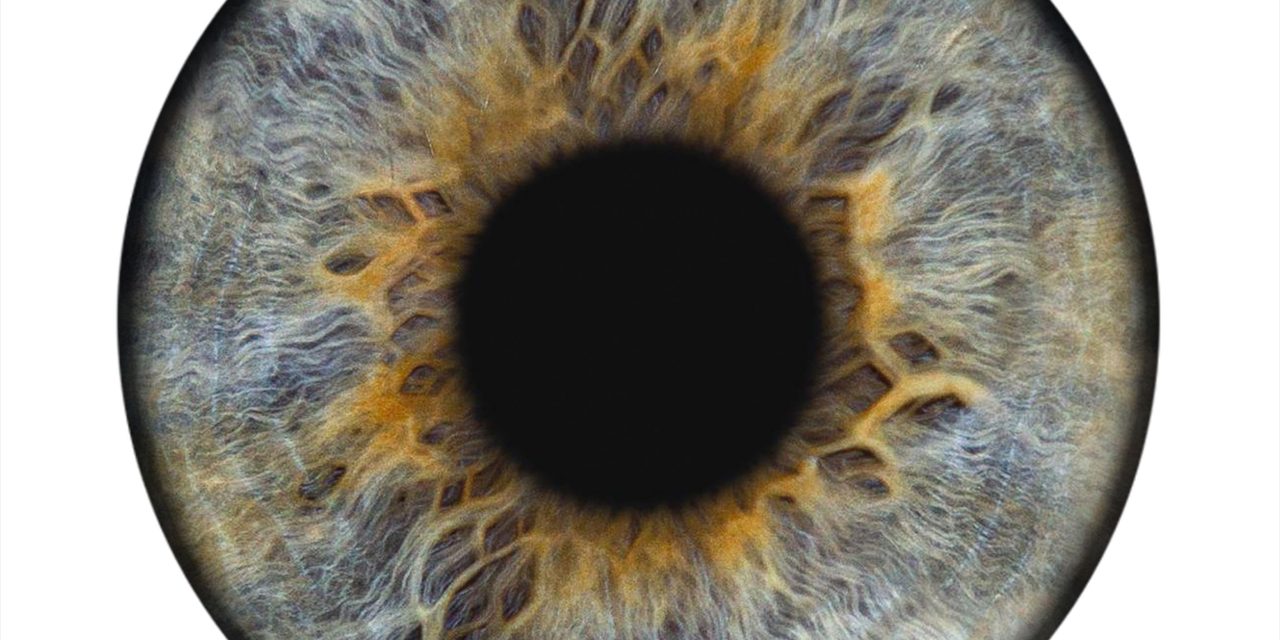The purpose of this study was to assess vision-related quality of life and associated factors among adult patients with visual impairment at the University of Gondar Tertiary Eye Care and Training Center, Northwest Ethiopia.
The institution-based cross-sectional study was conducted from April 24 to May 12, 2017, at the University of Gondar Tertiary Eye Care and Training Center among 484 patients with visual impairment. Pretested, structured National Eye Institute Visual Function Questionnaire-25 was used to collect data by interviewing. Data were entered using EPI-INFO version 3.5.1 and analyzed with SPSS version 20. Binary logistic regression was used to determine factors associated with vision-related quality of life. Variables with value <0.05 in multivariable logistic regression were considered as statistically significant.
A total of 484 study subjects participated with a response rate of 98.9%. The median age of the participants was 60 years with the interquartile range of 25 years. The proportion of poor vision-related quality of life was 238 (49.2%) (95% CI: 44.2%-53.3%). Age >75 years (AOR = 1.87 (95% CI: 1.02-3.40)), rural residency (AOR = 1.71 (95% CI: 1.13-2.60)), severe visual impairment/blindness (AOR = 2.76 (95% CI: 1.80-4.23)), and history of visual impairment longer than 3 years (AOR = 2.85 (95% CI: 1.61-5.04)) had statistically significant association with poor vision-related quality of life.
Almost half of the patients with visual impairment had poor vision-related quality of life. Severe visual impairment/blindness, long duration of visual impairment, older age, and rural residency had a statistically significant association with poor vision-related quality of life.
Copyright © 2020 Betelhem Temesgen Yibekal et al.
Vision-Related Quality of Life among Adult Patients with Visual Impairment at University of Gondar, Northwest Ethiopia.


